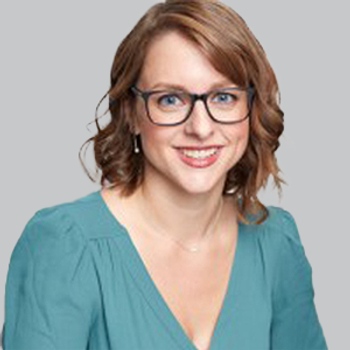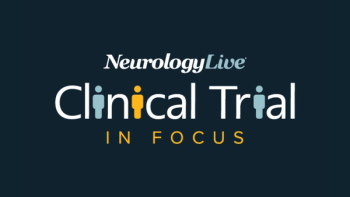
Understanding the Barriers of Health Insurance in Stroke Rehabilitation Care
The medical director of the stroke recovery program at JFK Johnson Rehabilitation Institute at Hackensack Meridian Health discussed the role health insurance plays in stroke survivors receiving rehabilitation care. [WATCH TIME: 4 minutes]
WATCH TIME: 4 minutes
"The level of health insurance someone has may actually play a role in terms of the level of physician access that they have, the level or the amount of therapies that they can receive, the types of medications that they can receive, and the types of equipment that they may have access to."
Health insurance coverage remains a critical concern for many Americans receiving neurological care. Access to timely, high-quality treatment can be the difference between maintaining health or achieving a full recovery. Countless patients face obstacles in obtaining necessary care, often in part to gaps in insurance coverage. These barriers not only limit access to treatment but also increase the burden on both patients and their caregivers.
These challenges were recognized at the 2025 AAPM&R Annual Assembly, held October 22-25, in Salt Lake City, Utah, and considered the largest annual professional meeting of physicians and rehabilitation clinicians in the United States. With leading faculty presenting to an audience of physiatrists, the conference addressed multiple topics across the field of physical medicine and rehabilitation (PM&R), the specialty of its attendees.
Sessions included hands-on training for newer physiatrists, the integration of AI and other technologies into clinical care, updated information regarding long COVID, and the role of health insurance in patient access to medical care, among others. During the assembly, Talya Fleming, MD, medical director of the stroke recovery program at JFK Johnson Rehabilitation Institute at Hackensack Meridian Health in Edison, New Jersey, and her colleagues gave a presentation regarding rehabilitation care for stroke survivors.
Titled Access to Rehabilitation Care for Stroke Survivors: Old Problems and New Solutions, the presentation highlighted data on barriers to rehabilitation access and examined structural deficits contributing to these challenges. Additionally, the presentation explored the disparities of care affecting different subgroups of stroke survivors and analyzed how insurance impacts patient access to rehabilitation care.
Following the meeting, NeurologyLive® interviewed Fleming about her presentation and the broader impact of medical insurance on stroke rehabilitation care. During the interview, Fleming further discussed the barriers some patients face, which include insurance limitations. She also acknowledged patients who are forced to deal with these burdens of care and provided insight on how clinicians can help them navigate the challenging landscape.
Newsletter
Keep your finger on the pulse of neurology—subscribe to NeurologyLive for expert interviews, new data, and breakthrough treatment updates.




































